Breathe Easy with these Indoor Plants
Tired of stale air and stuffy rooms? Bring nature indoors! Indoor plants are more than just decorative elements. They have multiple benefits, one of them being the ability to improve indoor air quality. Our homes could contain some airborne chemicals because of the different materials used in paints, furniture, carpets, etc. However, there are several plants known to release oxygen and absorb contaminants, which results in a more pleasant and healthy atmosphere.
Here are some of our top picks for oxygen-boosting indoor plants:
Snake Plant (Sansevieria trifasciata)
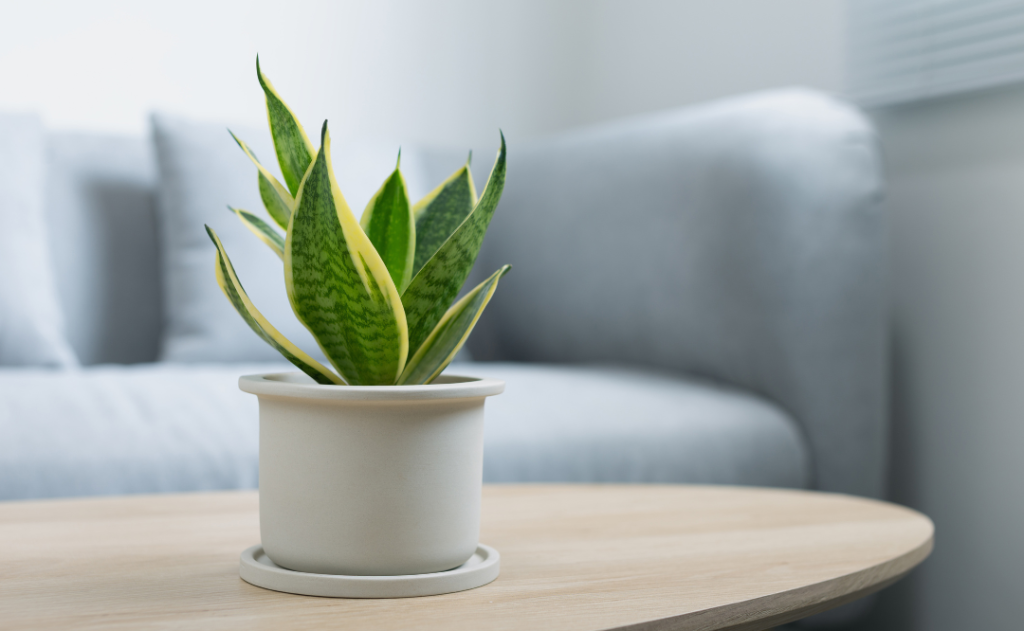
Snake plant is popular because of its eye-catching appearance and low maintenance needs. The tall, sword-shaped leaves of this adaptable plant range in colour from deep green to variegated with white or yellow stripes.
The ability of the snake plant to filter the air is one of its most prominent advantages. According to studies, it effectively improves indoor air quality by eliminating pollutants from the air like benzene and formaldehyde. For homes, workplaces, and other interior areas, this makes it the perfect option. The snake plant is a fantastic option for people who are busy because it thrives in any kind of environment and is quite tolerant of neglect.
How to care:
Light: Although snake plants can withstand a variety of lighting situations, they prefer partial sun. You can grow them in darker nooks or brighter windows, but if completely shaded, their leaves may droop.
Watering: Snake plants are drought-tolerant and do not need a lot of water. You can water them just every two weeks. If possible, use lukewarm water and wait for it to drain fully so the roots do not rot.
Repotting: You only need to repot when the roots overgrow the container. Using houseplant compost will help in keeping the plant healthy.
Peace Lily (Spathiphyllum wallisii)
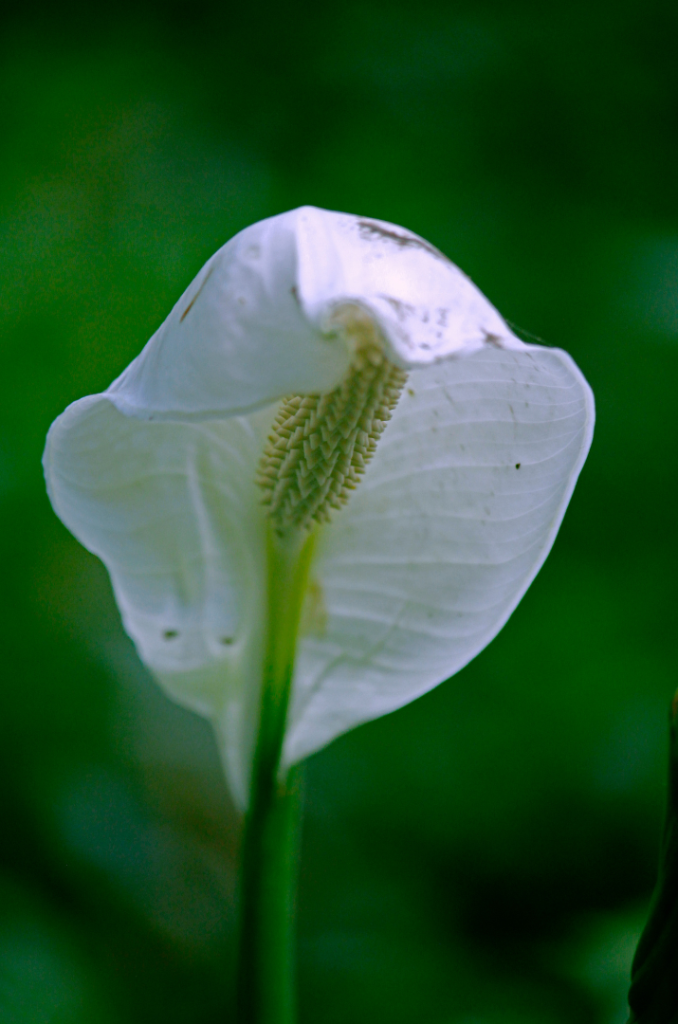
Peace lilies are renowned elegant white flowers that are much more than just their beauty. A 1989 study by NASA found these indoor plants can remove harmful pollutants commonly found in household products, furniture, carpets, etc. They absorb the airborne ‘toxins’ through their leaves, which go into the roots and break into the soil.
How to care:
Light: Peace lilies thrive in a bright location with indirect sunlight, like near a window but out of direct sunlight. They also prefer humid environments.
Watering: Water them when the top inches of the soil feel dry. Otherwise, the leaves will start to droop. Refrain from overwatering since they can develop root rot.
Repotting: When the roots of the plant become too large for its container, repot. However, make sure that the pot isn’t too big, as this can cause the plant to take too long to dry out.
Spider Plant (Chlorophytum comosum)
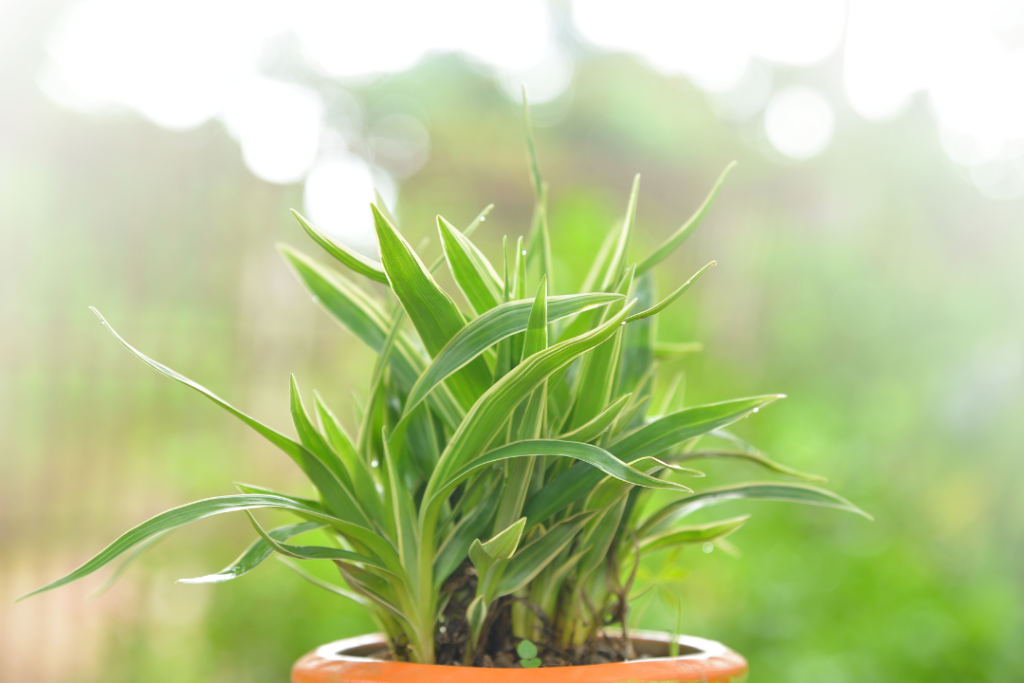
If you have a busy lifestyle and do not have the time to look after plants properly, then spider plants could be the best option for you. They are easy-to-grow, versatile plants that can thrive in a variety of conditions. It is an excellent air purifier, removing toxins like formaldehyde, carbon monoxide, and nitrogen oxides.
How to care:
Light: Spider plants are capable of surviving in both bright and low light. It is best to keep them away from direct sunlight.
Watering: It is important to regularly water spider plants during their growing season, which is spring to summer. However, they need less water during the winter season. To avoid root rot, refrain from letting the plant sit in water.
Repotting: Spider plants only need to be repotted every few years.
English Ivy (Hedera helix)
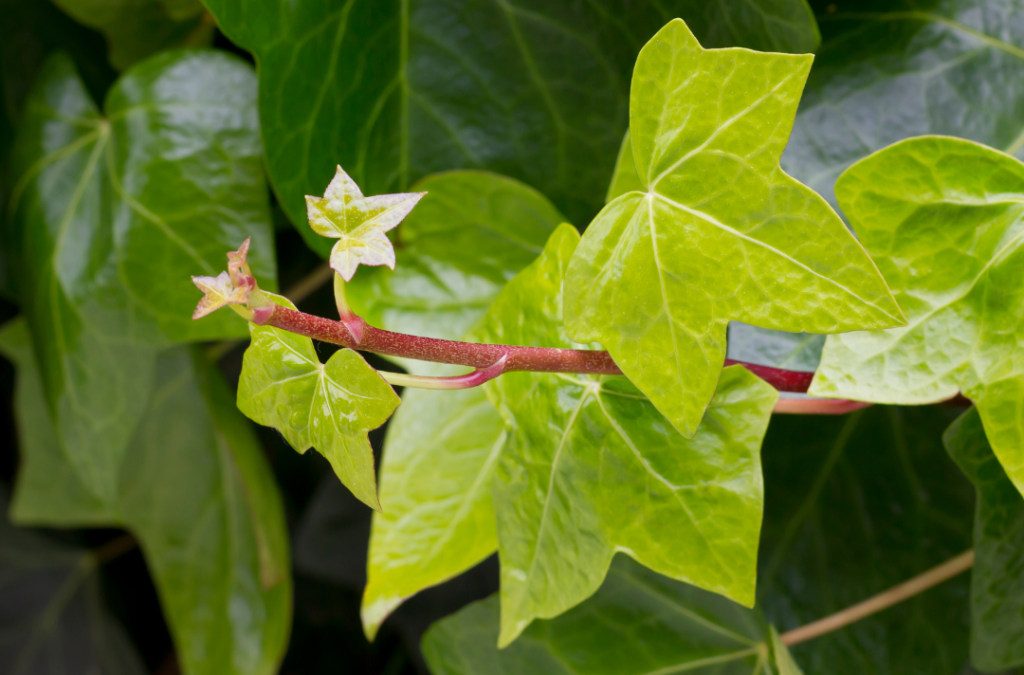
English ivy is another effective air purifier, known for its ability to remove formaldehyde, benzene, and trichloroethylene from the air. English ivy not only purifies the air but also aids in the reduction of mould and mildew. This is especially helpful for homes with high humidity since moist conditions are ideal for the growth of mould and mildew.
How to care:
Light: English ivy can be placed in moderate to bright indirect sunlight. Direct sunlight can scorch the leaves. It is better to avoid draughty areas and heating vents. Keep them where the temperature is between 15 degrees C and 24 degrees C.
Watering: It is important to make sure that the plant completely dries out before watering them. You can do so by checking if the top layer has dried out; if not, wait for a few more days.
Repotting: Choose a pot that is just 1 or 3 inches wider than the current pot. Because using a bigger pot can result in the soil staying wet too long, which leads to root rot.
Aloe Vera
The well-known succulent plant aloe vera is widely recognized for its many therapeutic uses, especially in the healing of skin ailments. Because of the inherent healing and anti-inflammatory properties of the gel contained in aloe plant leaves, it is often used to treat burns, wounds, and mild abrasions. It is a common natural first aid cure in many homes due to its cooling action, which helps to relieve pain and speed up the healing process for wounded skin.
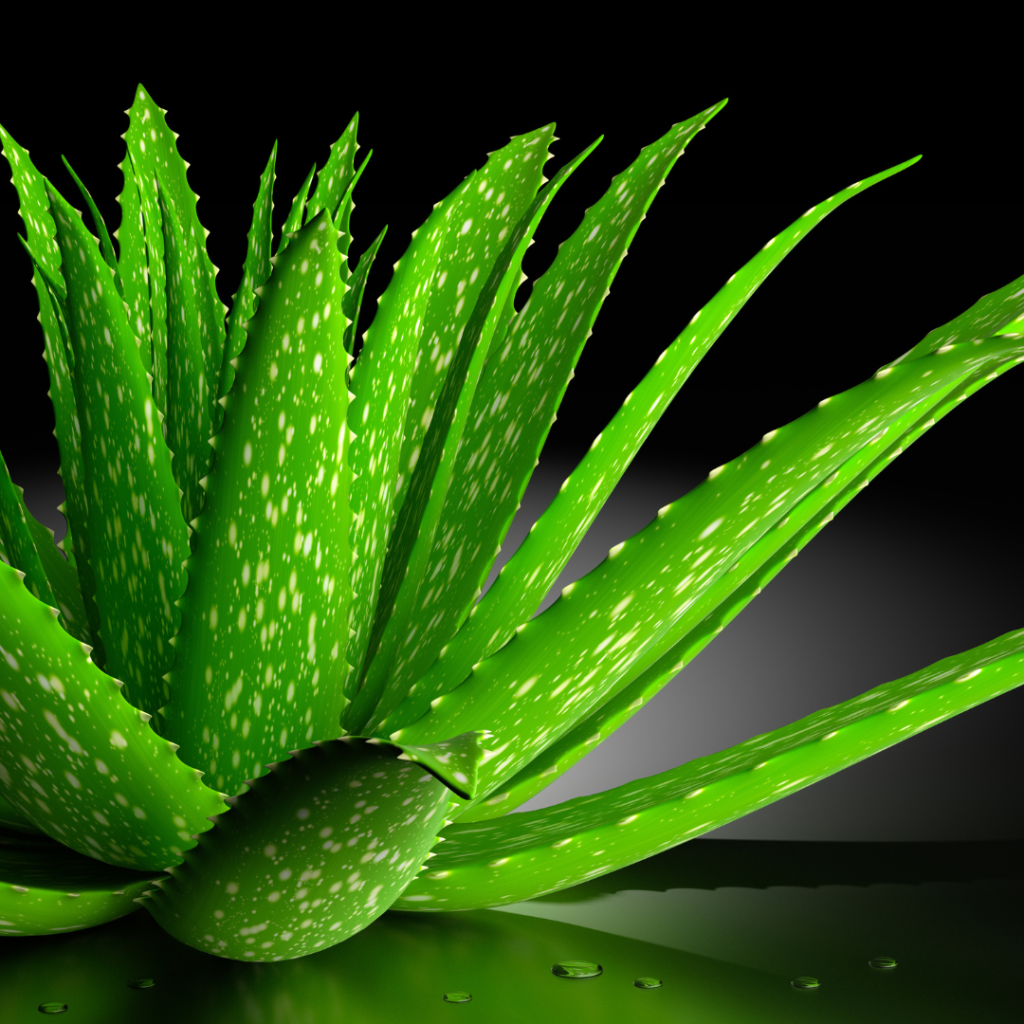
Aloe vera has become more and more popular as an indoor plant due to its potential to improve air quality, in addition to its external uses. Being a succulent, it also releases oxygen at night, which makes it a perfect plant for bedrooms where it can enhance the quality of the air and promote better sleep. Aloe vera is a useful addition to any indoor space because of its dual use as a natural air cleanser and therapeutic plant.
How to care:
Light: The plant should be placed in a bright area with lots of indirect sunlight, like a window facing south or west. To guarantee even growth, turn the plant frequently.
Watering: Aloe vera plants are succulents, meaning they don’t require much water because their leaves store water. Water when the soil’s top few centimetres are dry, and make sure all of the water has dried out. In winter, water less frequently, possibly once per week or two.
Repotting: When the plant outgrows its pot, which happens every two to three years, repot it.
Adding indoor plants that increase oxygen levels in your living areas is an easy yet powerful approach to enhancing the quality of the air and fostering a healthier atmosphere. These plants not only improve the aesthetic appeal of your house but also increase oxygen levels in the air, which improves physical and mental health. Studies have also shown that indoor plants can have a positive impact on mental health and reduce stress. So, why not bring a little bit of nature indoors and reap the benefits of cleaner, fresher air?
The advantages of plants, however, go much beyond our houses. To keep the world healthy, planting trees is essential. By taking in carbon dioxide and releasing oxygen that is necessary for life, trees function as the environment’s lungs. They also serve to control temperature, prevent soil erosion, and provide habitat for wildlife.
Grow-Trees.com is devoted to promoting extensive tree planting projects. You may help create a more environmentally friendly future and guarantee a healthy environment for future generations as well as for yourself by planting trees with us. So, contemplate incorporating some oxygen-boosting plants not just in your home but for our home planet Earth too!